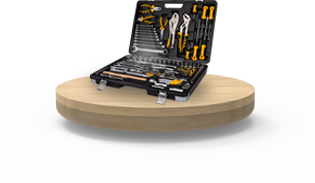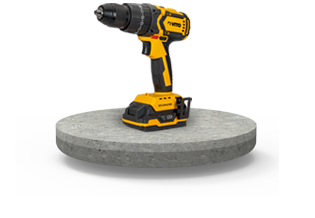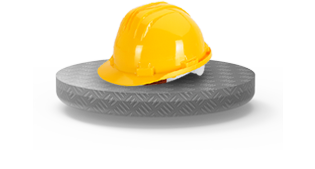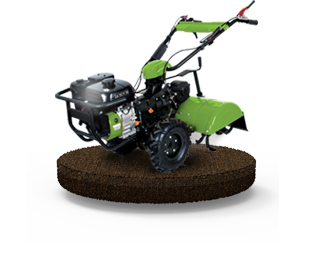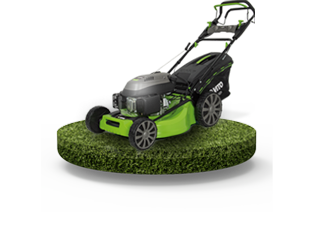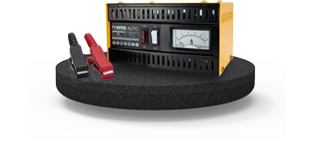
7 Tips for Using Power Tools Safely
Power tools are essential for various types of work, from small remodelling jobs to major projects. However, improper use can result in serious accidents. To ensure efficient and safe work, it is essential to adopt good safety practices.
Discover the best tips for a safe use!
1. Choose the Right Tool for Each Task
Choosing the right tool is important to ensure safe, efficient work with a professional finish.
Before starting any task, evaluate:
- Purpose of the work: Define the specific task and the best tool to carry it out.
- Materials involved: Wood, metal, concrete and other materials require different tools and accessories.
- Tool power: Light jobs require less power, while heavy tasks require more robust equipment.
- Tool functionality: Some tools offer settings that increase precision and safety.
Always read the instruction manual and follow the manufacturer's guidelines to ensure correct and safe use of the tool.
2. Use Personal Protective Equipment (PPE)
To avoid accidents and protect your physical integrity, the correct use of PPE is essential. This equipment minimises the risks associated with cuts, impacts, burns, inhalation of toxic dust, excessive noise, and other hazards in the workplace.
Safety footwear: Prevents impacts, punctures, and slips.
Non-slip gloves: Protect against cuts and abrasions.
Face shields and welding helmets: Prevent contact with particles and sparks.
Helmet: Prevents injuries from falling objects.
Mask: Filters dust and chemical vapours.
Hearing protectors: Reduce hearing damage.
Clothing: Resistant clothing and disposable suits protect against dangerous substances.
Knee pads: Increase comfort during prolonged work on the ground.
3. Check the Condition of the Tool Before Use
Before using any power tool, it is essential to carry out an inspection to ensure that it is in good working order and to minimise the risk of accidents.
- Check power cords to make sure they are not cut or frayed, preventing short circuits and electric shocks.
- Test the on and off switches, making sure they work correctly.
- Check for loose or damaged parts that could jeopardise the safe use of the tool.
4. Work in a Safe Environment
A disorganised workplace significantly increases the risk of accidents such as trips, falls or even electric shocks.
Ensure a safe working environment:
- Keep the area well lit;
- Avoid working on wet surfaces to reduce the risk of electric shock;
- Use suitable electrical extensions to support the load of the tool;
- Keep the space organised and free of obstructions;
- Avoid using tools in dangerous areas and favour ventilated areas.
5. Switch Off and Store Tools Correctly
To avoid accidents, it is essential to ensure that tools are stored correctly after use:
- Never leave the tool switched on when not in use;
- Store tools in a safe place out of the reach of children;
- Unplug or remove the battery before storing;
- Use suitable holders or storage boxes to avoid damage.
6. Stay Alert and Avoid Distractions
Total concentration is essential when using power tools: To avoid any accidents:
- Avoid working when you are tired;
- Take regular breaks during work;
- Be aware of your surroundings.
7. Regular Maintenance of Tools
Regular maintenance extends the service life of the tools and guarantees safe operation:
- Regularly inspect cables, connectors and moving parts;
- Keep tools clean by removing dirt and debris;
- Only use parts and accessories recommended by the manufacturer.
Following these recommendations is essential to ensure a safe and efficient working environment.
Always prioritise your safety when using power tools!
